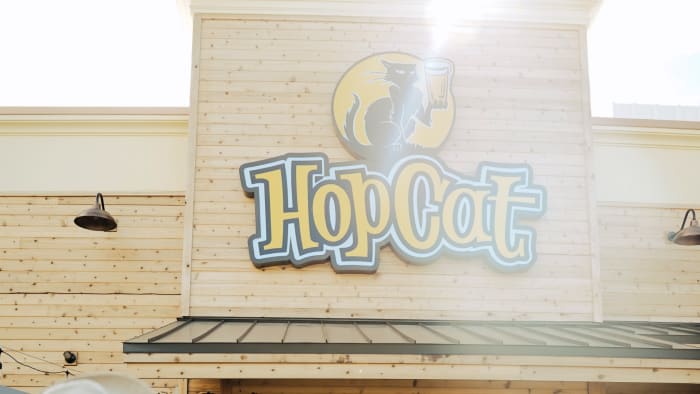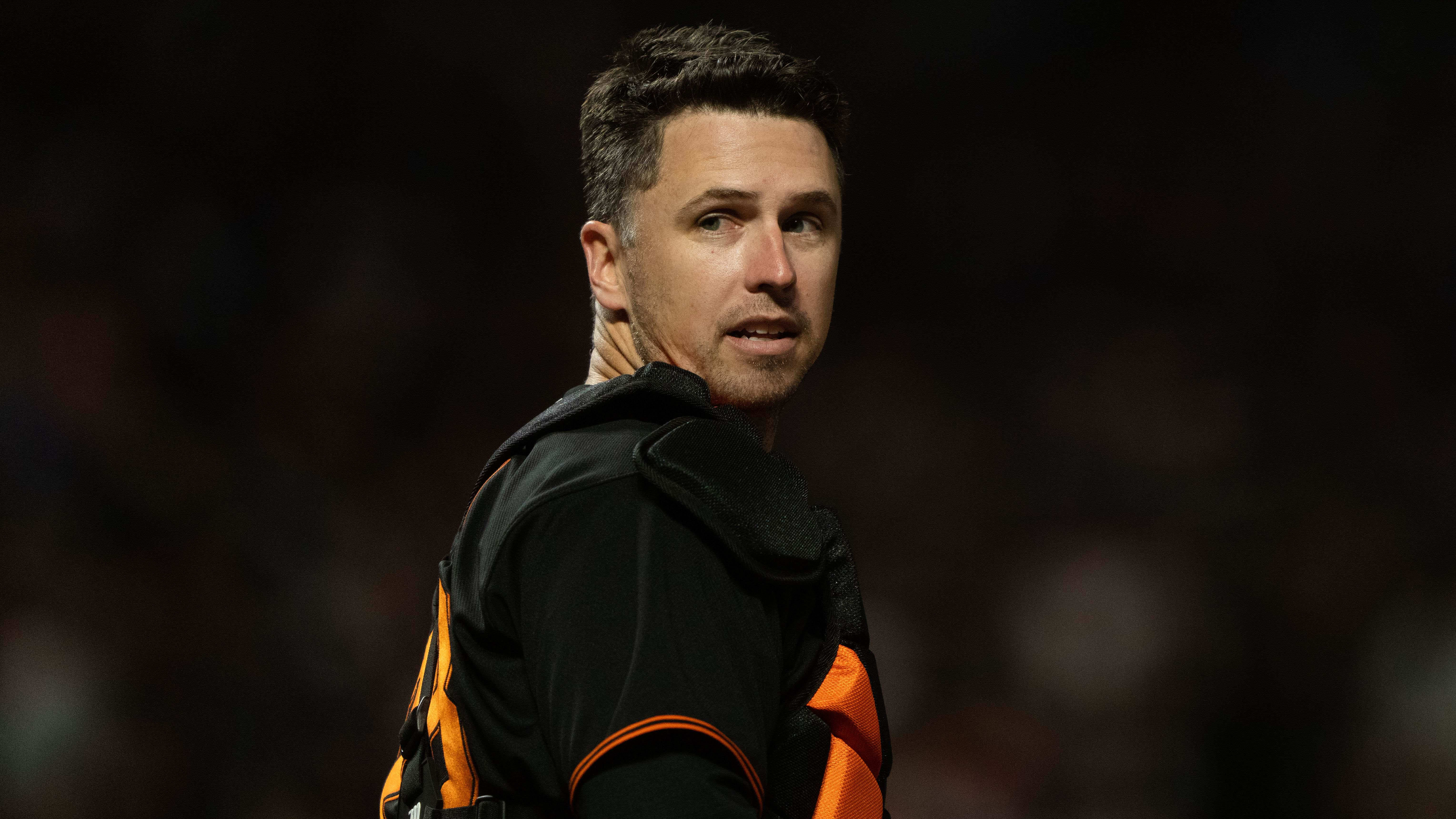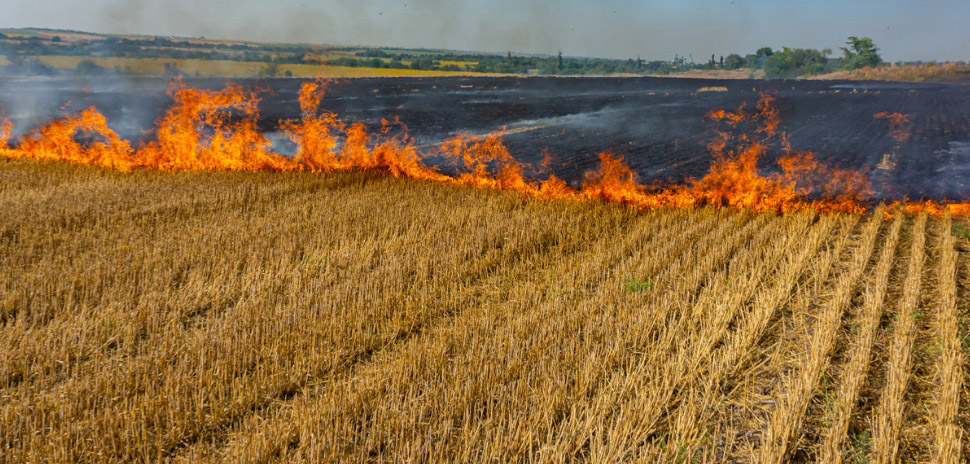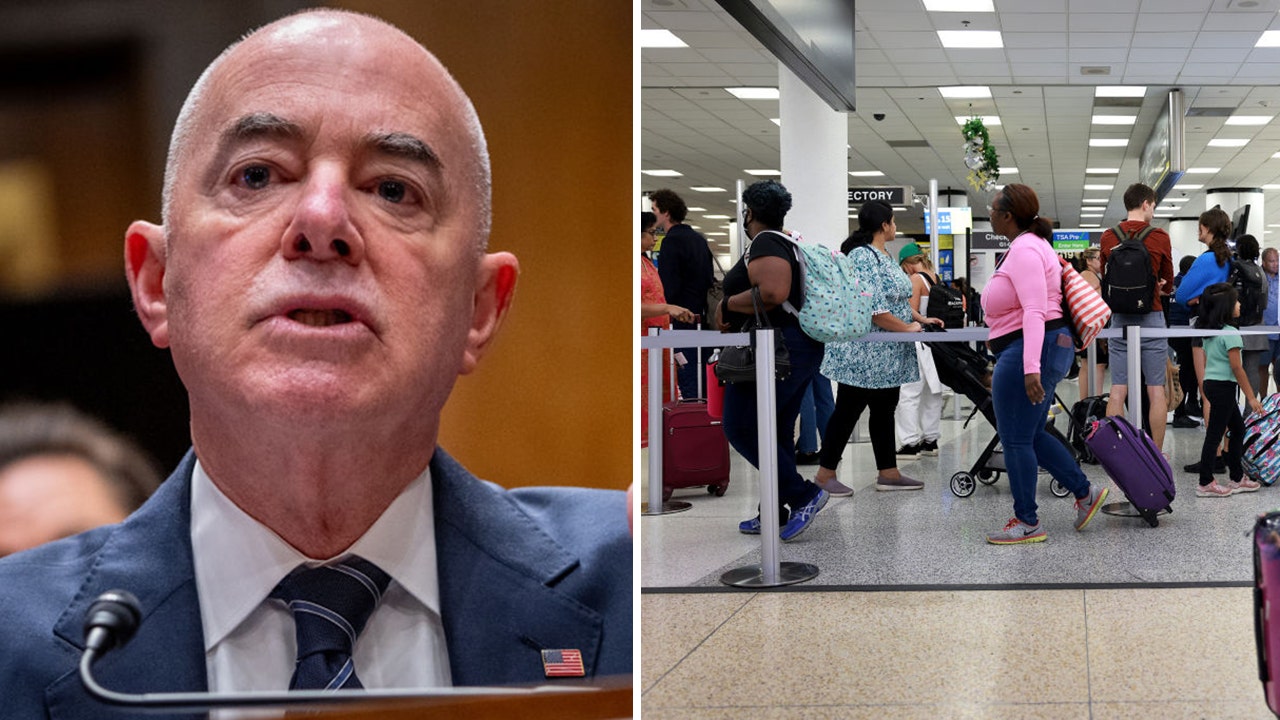California
Google removing links to California news websites as part of test in response to pending legislation

Google headquarters is seen in Mountain View, California, United States on May 15, 2023.
Tayfun Coskun | Anadolu Agency | Getty Images
Google will begin removing links to California news websites from search results for some Californians in response to a bill that would require online ad companies to pay a fee for connecting state residents to news sources.
In a blog post on Friday announcing the “short-term test,” Jaffer Zaidi, Google’s vice president of global news partnership, said the bill, called the California Journalism Preservation Act, represents “the wrong approach to supporting journalism” and “would create a level of business uncertainty that no company could accept.”
The bill was introduced last year and remains pending in the state legislature.
Google’s announcement marks the latest dramatic change in how large internet platforms handle news. Facebook parent Meta has been retreating from the news business, and said in September that it would “deprecate” its Facebook news tab in European countries including the U.K., France and Germany as “part of an ongoing effort to better align our investments to our products and services people value the most.”
Also last year, Meta banned Canadian users from sharing news on its apps after Canada’s federal government passed the Online News Act, which forced tech companies to pay content fees to domestic media outlets.
The recent developments have upended many online publishers that count on Facebook and Google for traffic and are particularly painful for publications that rely on advertising revenue.
“If passed, CJPA may result in significant changes to the services we can offer Californians and the traffic we can provide to California publishers,” Zaidi wrote.
Google also said Friday it’s “pausing further investments in the California news ecosystem, including new partnerships through Google News Showcase, our product and licensing program for news organizations, and planned expansions of the Google News Initiative.”
Supporters of the California bill say it will help news publishers receive a fair chunk of the ad profits reaped by tech juggernauts like Apple, Google and Meta. But some critics within the journalism industry worry the bill will foster a compensation ecosystem favoring larger, more-resourced newsrooms over their smaller counterparts.
Google has previously opposed similar media payment measures abroad, including in Spain, Australia, Canada and New Zealand. But the company has ultimately acquiesced to the rules.
WATCH: Google Cloud CEO on monetizing AI

California
California climbers buried in avalanche at 12,000 feet carried to safety after daring 11-hour rescue

A pair of thrill-seeking climbers were buried in a massive avalanche on a California mountain over the weekend — and it took 11 hours to get them both down to safety, authorities said.
The two adventure seekers were trying to summit Mount Shasta on Saturday when they found themselves in the path of a wave of snow, which sent one of them plummeting 1,000 feet down the side of the mountain — aptly known as Avalanche Gulch, the Siskiyou County Sheriff’s Office said on Facebook.
The sheriff’s office received a 911 call from one of the injured climbers shortly before 12:30 p.m., saying he was hurt and stranded at 12,200 feet, while his buddy lay buried further down the slope.
That’s when the rescue operation hit a snag.
“Strong winds and poor visibility inhibited the helicopter’s ability to safely land near the climbers, so the SCSO Search and Rescue Team mobilized, along with US [Forest Service] Climbing Rangers and a group of professional mountain guide volunteers to begin an extraction operation on foot,” the office said.
A break in the weather allowed the chopper to eventually managed to land just above the tree line — about 6,000 feet below the injured climbers. Rescuers climbed into the night on foot and were able to carry the two men down the mountain and onto the chopper around midnight.
Both men, described as expert mountaineers who sought to snowboard down from the summit, suffered non-life-threatening injuries and were recovering at an area hospital.
One climber suffered a knee injury and the other, who was hurled down the mountain by the avalanche, suffered a broken femur and a “deep crampon puncture wound,” officials said.
The sheriff’s office said the heart-pounding rescue should serve as a cautionary tale about the dangers and unpredictable conditions on the 13,000-foot peak.
“It is worth noting that the two climbers caught in the April 27 avalanche were highly skilled mountaineers with extensive experience on Mount Shasta,” the department said.
“Their ordeal and the 11-hour rescue process that followed are reminders that no amount of experience makes one immune to the hazards encountered on Mount Shasta, and that ever-changing mountain conditions can turn a rapid-extraction operations into a time and resource-intensive process.”
Police did not release the names of the two injured climbers.
California
A daring rescue to save an injured hiker in the California wilderness

Lemoore, CA — “It was December 5th, not a cloud in the sky,” recalls Kevin Depaolo, an adventurist who’s visited 49 out of 50 states in a van that he customized himself. “It was sort of the scenario that you’d expect something to go wrong, unfortunately.”
That scenario was a rock hounding trip high in the California wilderness between the Sierra Nevada and the Inyo Mountains. “It’s desolate. I was there for five days and I didn’t see a single person.” Fortunately, Depaolo wasn’t alone. He and a friend were digging for interesting rocks that lay beneath the surface near large boulders that have been sitting for thousands of years untouched. “We were digging and I sat back to rest and all of a sudden my friend yells ‘Kevin look out!’ and before I can even look up, this giant boulder just nails my entire body.”
I kept yelling, ‘you have to get it off! It’s killing me!
Depaolo was trapped. The boulder pushed him onto his back, crushing his pelvis and threatening to roll further down the hill. Depaolo’s friend quickly takes his pick axe, lodging it under the boulder to keep it from rolling further and injuring Depaolo even more. “I kept yelling, ‘you have to get it off! Its killing me!” Depaolo was able to free his left leg, revealing one of his major injuries, a severed artery that the boulder was applying pressure to keeping him from bleeding out.
“My friend then called for help, but my right leg remained trapped and that’s where we spent the next seven hours.” There’s only one road in and out of the area and where Depaolo was trapped, it took him and his friend two hours to hike there. The Inyo County Search and Rescue team that was dispatched to find Depaolo spent six hours on the phone with his friend to pin point their location. Depaolo recalls seeing a helicopter spot them and circling a few times, only to fly off. It was several hours later until help arrived.
“It was dark at that point, about 8pm, when I finally saw the headlamps coming over the ridge. The guys immediately started getting to work.” The Inyo County Search and Rescue team devised an unique pulley system to lift the 10,000lb boulder off Depaolo’s leg. Drilling two bolts into the boulder and a rope to an anchor drilled into a massive boulder down the hill, the Search and Rescue team was able to lift the boulder with the help of a high lift jack, a special tool used to free large off-road vehicles. Once Depaolo was free, the immense pain started to hit. “At that point we needed to get to the hospital. But we were in such a remote area, there’s no way they could carry me down the hill. We needed external help.”
The California Highway Patrol was originally tasked with airlifting Depaolo out, but once the sun went down, there was nothing they could do as their helicopters aren’t fitted for night rescues. Depaolo faced the possibility of spending the night on the mountain, where temperatures fall below freezing. Knowing that he may not make it through the night, Inyo County Search and Rescue made a call to the nearby Naval Air Station in Lemoore, where their elite Search and Rescue team is equipped for night rescues in their helicopter.
“The ground crew was able to send us an exact lat and long. There was nowhere safe to land. The only safe place was miles away.” HM2 Matthew Rector was the medical tech on the mission who repelled down to package up and lift Depaolo off the mountainside. From there it was a 45 minute flight to Community Regional Medical Center in Fresno, CA. It was there Depaolo learned the extent of his injuries. A severed femoral artery, a fractured pelvis in two places and dead tissue in his leg from the impact of the boulder which led to many surgeries and a skin graft.
Fast forward three months and Depaolo is recovering well. He’s able to walk and take short trips, including back to NAS Lemoore to meet his rescuers for the first time since seeing them in the Inyo Mountains. “Seeing those guys and interacting with them, they’re extremely cool guys. It was a life changing experience. I think about those guys almost every day of my life.” What’s next for Depaolo? “Its inspired me in a way that I want to give back and help people in the same way they were able to help me.”
Watch the show “9-1-1” at 8 p.m. ET/PT Thursdays on ABC.
California
Huell Howser Lives! | Connecting California
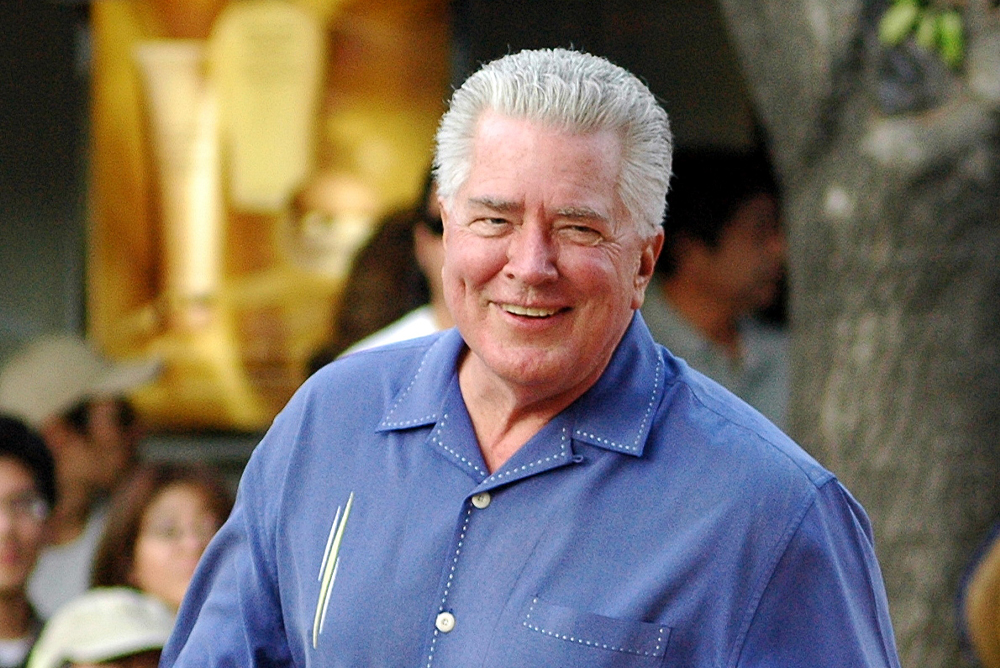
Zócalo is celebrating its 20th birthday! As part of the festivities, we’re publishing reflections and responses that revisit and reimagine some of our most impactful stories and public programs. Connecting California columnist Joe Mathews revisits Southern California author D.J. Waldie’s 2012 essay “The Darkness Behind Huell Howser” and considers why, over a decade after Howser’s death, the public TV’s great California chronicler retains such a hold on us.
“Do you know Huell Howser?”
I got that question recently while chatting with a counter guy at Erick Schat’s Bakery, which produces Dutch pastries and sheepherder bread in the Eastern Sierra town of Bishop.
It’s a question I get at least a couple times a year, in all different corners of California.
I suppose it’s a natural question. People might wonder if I, a longtime chronicler of California’s places, get asked if I know the public television reporter who took viewers into every little town and restaurant and museum, from Alturas to Zzyzx.
It’s a question that never ceases to amaze me. Or stump me.
Because the truth is that I can’t possibly know Huell Howser. And not just because I only met him a couple times. No one can possibly know Huell Howser anymore, because Huell Howser died 11 years ago, of prostate cancer, at age 67.
But the truth is also that people feel like they do know Huell Howser. Because he never really left us. His shows still air regularly on public TV stations in Southern California. And episodes of his California-exploring series—California’s Gold, California’s Green, Downtown, Road Trip with Huell Howser, and Visiting—still attract heavy traffic online.
Why does Huell Howser retain such a hold on us? The best answer to that question came from the Southern California author D.J. Waldie, in a Zócalo Public Square essay published shortly before Howser’s January 2013 death.
Waldie’s thesis was that Howser, in taking viewers to forgettable eateries and little-known places, was finding joy in the thing that Californians most cherish: our broken dreams.
Most people come to California, or grow up in California, dreaming of stardom or riches or invention or new and distinctive lifestyles. Instead, they end up sewing dresses in a little store in Tustin, or working at a dairy outside Turlock. You can feel pretty small doing that kind of work. But when Howser showed up, the public TV explorer in all his geeky ebullience, it made the life you settled for seem big.
When Howser showed up, the public TV explorer in all his geeky ebullience, it made the life you settled for seem big.
“Howser wasn’t just pitching the muchness of California, an abundance anyone should be able to see unaided,” Waldie wrote. “He was pitching the almost infinite otherness within the ordinary of California, particularly when California is considered with joy.”
Waldie wrote that Howser’s deep connection with the regular “folks” of California was not his joy but “the melancholy behind his fierce public niceness.” His TV tours could strike sad notes, especially when his questions revealed wonderful old things that no longer existed. The same relentless dynamism that produces the many wonders of California also destroys the established. Our sunny love of the novel coexists with darkness and loss.
Howser liked to say that his goal was to encourage Californians to embark on their own personal adventures around the state, and investigate the places all around them. Howser modeled that kind of exploration, with a curiosity about everything that showed how fiercely unprejudiced he was.
As Waldie wrote, Howser was not urging Californians to take “a harmless field trip” but rather to begin “an encounter with the differences that reside, intractable, in everyday life—real differences between people, conditions, ethnicities, and cultures that can only be accepted for what they are and mostly with a smile.”
I don’t look or sound like Howser—he was a handsome TV guy with the distinctive accent of his native Tennessee, while I’m a rumpled print guy and fourth-generation Californian. But I suspect I get the “Do you know Huell Howser?” question because my reporting method is so similar to his.
That method: modestly planned, thoroughly unrehearsed wandering—which also happens to be the most practical way to get to know California.
Because Californians are so informal and so flaky (as anyone who has ever invited people to a dinner party knows), I rarely bother to schedule a bunch of interviews in advance when I’m visiting a town. It works much better to show up unannounced, act friendly, and start asking respectful questions about what people do.
I also say, as Howser did, “wow” and “gee whiz” when people are showing me things—a rusting old motorbike, a piece of street art, a loaf of bread—that would seem less than amazing to someone less geekily Californian.
There is no greater flattery in the Golden State than to take an interest in what others do. Californians, whatever their occupation, are instinctive artists, and asking them about their business or their home or their flea market—as Howser did—often elicits detailed and thoughtful responses.
That’s what I was doing at Schat’s. I had been pressing the counter guy. What is that bread? Can I try a piece? What makes it taste so good?
His answer to my last question was perfect: The best bread comes from the baker most determined to make sure you never forget it.
-

 Education1 week ago
Education1 week agoVideo: Dozens of Yale Students Arrested as Campus Protests Spread
-

 World1 week ago
World1 week agoEU sanctions extremist Israeli settlers over violence in the West Bank
-

 World1 week ago
World1 week agoShipping firms plead for UN help amid escalating Middle East conflict
-

 Politics1 week ago
Politics1 week ago'Nothing more backwards' than US funding Ukraine border security but not our own, conservatives say
-

 Politics1 week ago
Politics1 week agoDemocrats hold major 2024 advantage as House Republicans face further chaos, division
-

 Politics1 week ago
Politics1 week agoFetterman hammers 'a–hole' anti-Israel protesters, slams own party for response to Iranian attack: 'Crazy'
-

 World1 week ago
World1 week agoPeriod poverty still a problem within the EU despite tax breaks
-

 Politics1 week ago
Politics1 week agoA battle over 100 words: Judge tentatively siding with California AG over students' gender identification

